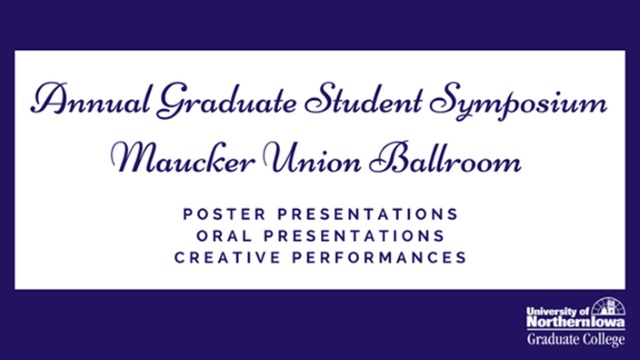
Complete Schedule
Spatial Competition in Airport Markets: An Application of the Huff Model
Presentation Type
Oral Presentation (Electronic Copy Not Available)
Keywords
Airports--Location; Competition;
Abstract
Airports typically attract travelers from the immediate vicinity, but how far this catchment area reaches depends on several factors. Airline passengers try to minimize travel time to the airport, but factors such as fares and flight frequencies are also important. The goal of the traveler is to find the airport that optimizes these factors. This study attempts to understand this phenomenon by creating a model, first by outlining factors that contribute to the attractiveness of an airport, and then through the creation of a Huff model to map these patterns. The Huff model, originally designed to model retail store competition, can be applied to many forms of spatial competition; however it is a relatively unexplored approach in the context of airports. Unlike other air transportation travel choice models, it emphasizes spatial variation in market share and provides spatial representation in the form of a map. It is used in this study to analyze spatial variation in behavior choice patterns.
Start Date
4-4-2017 1:00 PM
End Date
4-4-2017 4:30 PM
Faculty Advisor
Tim Strauss
Department
Department of Geography
Copyright
©2017 Joel Heilman
Embargo Date
4-4-2017
Spatial Competition in Airport Markets: An Application of the Huff Model
Airports typically attract travelers from the immediate vicinity, but how far this catchment area reaches depends on several factors. Airline passengers try to minimize travel time to the airport, but factors such as fares and flight frequencies are also important. The goal of the traveler is to find the airport that optimizes these factors. This study attempts to understand this phenomenon by creating a model, first by outlining factors that contribute to the attractiveness of an airport, and then through the creation of a Huff model to map these patterns. The Huff model, originally designed to model retail store competition, can be applied to many forms of spatial competition; however it is a relatively unexplored approach in the context of airports. Unlike other air transportation travel choice models, it emphasizes spatial variation in market share and provides spatial representation in the form of a map. It is used in this study to analyze spatial variation in behavior choice patterns.



Comments
Location: Maucker Union University Room